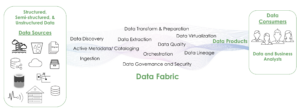Data Fabric Defined
A data fabric is software that provides an abstraction layer of integrated data above disparate data sources, including on-premise data centers, hybrid, and multiple cloud environments. It enables organizations to rapidly transform large amounts of data into a business-ready analysis shared in a distributed environment in near real time. This enables companies to speed time to insights, uplifting their competitive edge in the marketplace.
A data fabric makes large amounts of structured, semi, and unstructured data available across an organization by abstracting technical complexities associated with discovery, transformation, integration, and preparation. Data Fabrics leverage metadata to link data sources together from various sources without moving data.
…A Data Fabric is an emerging data management design for attaining flexible, reusable and augmented data integration pipelines, services and semantics… across multiple deployment and orchestration platforms and processes.” It basically connects to data sources where they live and allows analysis to be conducted without the overhead of building data pipelines.
– Source: Gartner Inc.
Data fabric helps in automating most of the operation effort.
This aids data consumers to easily process and prepare data products for analysis. Furthermore, it reduces complexity and errors caused by mundane and manual day-to-day tasks.
Data fabrics can easily connect and interact with new data, and dynamically link information together, significantly improving and speeding data analysis. These data sources can be deployed across public and private clouds, edge, and on-premises – including data lakes, cloud data warehouses, and data lake houses.
Data fabrics can access unstructured, semi, and structured data from:
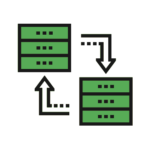
Relational database management systems (RDBMS) for operational (OLTP) and analytical use cases (OLAP)
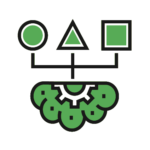
Non-relational or NoSQL database types, like document and graph databases

Data in motion which includes real-time event streaming and is used to do anomaly detection
Who Needs Data Fabric?
The data landscape is rapidly transforming. In the next few years, not only will the space be reinvented but the roles will start to converge. We already see that with the advent of GenAI. The roles of data and application developers are beginning to overlap and are getting harder to distinguish.
In this brave new world, we need a unified access mechanism to manage vast and diverse datasets scattered across different platforms, locations, and formats. This access paradigm should remove bottlenecks and busy-work overhead from a hodgepodge of systems comprising the “modern” data stack.

Collaboration and Efficiency Across Diverse Roles with Data Fabric
Data Fabric automates connectivity and the ability to join data from multiple sources while adhering to policies and best practices. It provides seamless integration, real-time insights, and reliable data governance.
Organizations seek to streamline data operations, enhance agility, and ensure the security and accessibility throughout the entire data lifecycle. A wide array of stakeholders, including data engineers, data scientists, analysts, and decision-makers recognize the importance of a cohesive data strategy.
But how do you clarify and define cross-functional roles and responsibilities and encourage collaboration to achieve unified business goals? Especially with complex projects with multiple tasks, people, and stages?
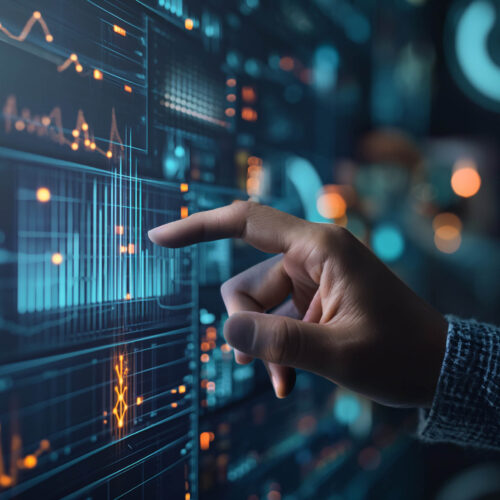
Defining Roles and Responsibilities
Defining clear roles and responsibilities using a project management framework such as a RACI matrix can help guide projects to success. Determining who is responsible, accountable, and identifying contributors and those needing to be kept informed promotes clarity and helps keeps projects on track.
Like with any framework, the key is to follow best practices to avoid potential confusion or misinterpretation and ensure positive team morale.
Here is an example of a Data Fabric RACI chart:
Data Steward
CISO
Chief Privacy Office
CTO
CDO
CDAO
Head of Business Unit
Data fabric enables a unified self-serve interface for data producers and data consumers.
As a result, data analysts, data scientists, data engineers, business users, regulators, non-profits, and industry partners can easily find and consume existing or new data products. Operational workloads such as master data management, and master data test management also can benefit from data fabric.
Common use cases for data fabric:

Data discovery for data-driven decision making
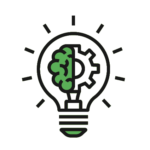
AI-native data fabrics democratize data analytics
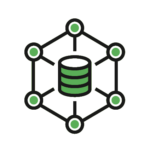
Streamline data analytics with data products
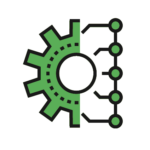
Better data management leveraging GenAI

Data governance to meet regulatory requirements

Near-real-time insights supports rapid decision making
Data Fabric Capabilities
Data fabric provides six core capabilities within a single interface.
Data Product Catalog
Data fabrics provide the creation and management of business metadata. It uses intelligence and knowledge graph technology to link business data and automate gathering technical metadata to make it easy to find related data products.
Data fabrics provide search capabilities to find data and insights. It shows data contract details when data products are published with a rolled up view of data quality metrics.
Data fabrics show different views and make recommendations of data products for various users based on the roles. For example, Data engineers can see a source view of the data catalog, while business users can see a business view for data products.

Data Connectivity
Data fabrics provide out-of-box connectors to a large range of data types and sources, including structured and unstructured data, whether they reside on premise, on cloud, hybrid, or/and on multi-cloud. Data fabrics have the ability to connect to multiple data sources and enable users to query these data sources to easily create new combined data products within the tool.
This connectivity empowers organizations to harness the full spectrum of their data assets, fostering interoperability and eliminating silos that often hinder efficient data utilization. Data fabric’s approach to data connectivity extends beyond just linking diverse data sources; it encompasses the facilitation of real-time data movement and integration.
By providing agile and responsive connectivity, Data fabric enables organizations to keep pace with dynamic business requirements and ensure that data is not only accessible but also up-to-date.
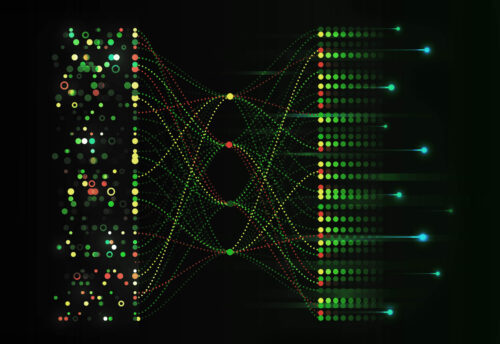
Framework to Build Data Products
Data fabric provides the foundational framework crucial for constructing data products by addressing key challenges in data management.
It offers a unified approach to data access, allowing organizations to seamlessly integrate information from disparate sources, whether on-premises or in the cloud. This ensures a comprehensive and coherent view of data, facilitating easier extraction and utilization for data product development.
Data fabric enables real-time processing and analytics, a vital capability for constructing data products that require up-to-the-minute insights for decision-making or dynamic services. This responsiveness is essential in today’s data-driven and data-democratized business environment.
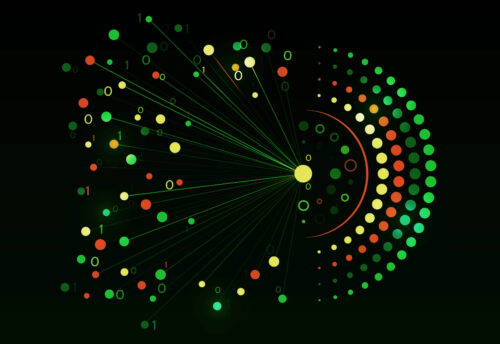
Data Integration
Data fabric significantly simplifies the process of data integration by offering a unified view of data across various sources by providing a cohesive framework for integrating information seamlessly.
By creating a common data environment, Data Fabric ensures that data integration efforts are not hindered by the complexities of diverse data formats, locations, or platforms. This unification streamlines the integration process, allowing organizations to derive valuable insights from a holistic and comprehensive dataset.
Data fabric supports data irrespective of location. Whether data is on-premises, in the cloud, or in a hybrid environment, data fabric easily supports integration efforts across these diverse platforms. This ensures that organizations can access all of their data assets for informed decision-making and analytics.
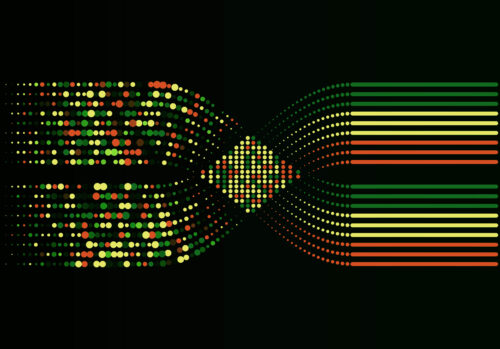
Dynamic, Secure Data Access
Data fabrics leverage catalog metadata to dynamically control data access and provide audit capabilities. Data fabrics enable Attribute-based Access Control (ABAC) across data products enabling agility while ensuring data security, privacy, and governance.
ABAC enables data to be provisioned via dynamic policies that specify data consumer roles, regions, and access rights to data at the attribute level. This ensures that appropriate data is served to the right users at the right times.
Data fabrics provide dynamic data obfuscation capabilities upon query related to data that is tagged to be secure and the data consumer privileges defined. It provides the data engineer ability to enforce policies that mask, tokenize, or de-identify data without changing the data at source.
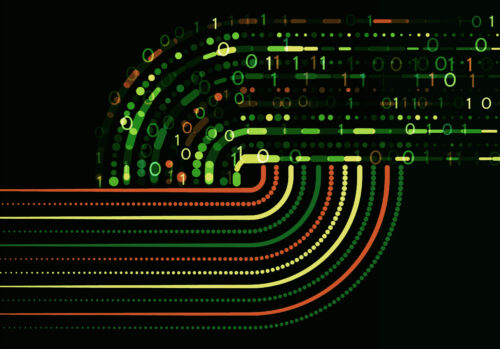
Monitoring
Data fabric elevates monitoring capabilities within an organization through its centralized approach. By offering a unified platform for overseeing data workflows, integration processes, and analytical activities, Data fabric provides a centralized hub for monitoring.
This centralized visibility simplifies the tracking of various data-related operations, offering a holistic perspective on the entire data landscape. Integrated monitoring tools within the data fabric present information through unified dashboards, facilitating a streamlined and comprehensive monitoring experience.
Real-time monitoring is a key strength of data fabric, allowing organizations to track data events and activities as they occur. This real-time insight is instrumental in swiftly identifying and addressing potential issues, ensuring that any anomalies are promptly.
Furthermore, data fabric contributes to security monitoring, a critical aspect of overall data governance. It includes features that enable organizations to track access patterns, detect unauthorized activities, and ensure compliance with regulatory requirements.

Data Fabric Integration Layers
Data fabrics integrate various layers, such as data persistence, metadata, semantic, catalog, data transformation, and DataOps into a unified solution. This integration helps automate time consuming, mundane, and manual tasks associated with data management such as repetitive data transformations, and deployments. The DataOps layer includes orchestration, continuous testing, CI/CD, and observability.
Hallmarks of Data Fabrics:

Consistency for users through a single pane of glass
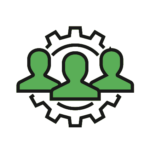
Faster time to insights for both data producers and data consumers


